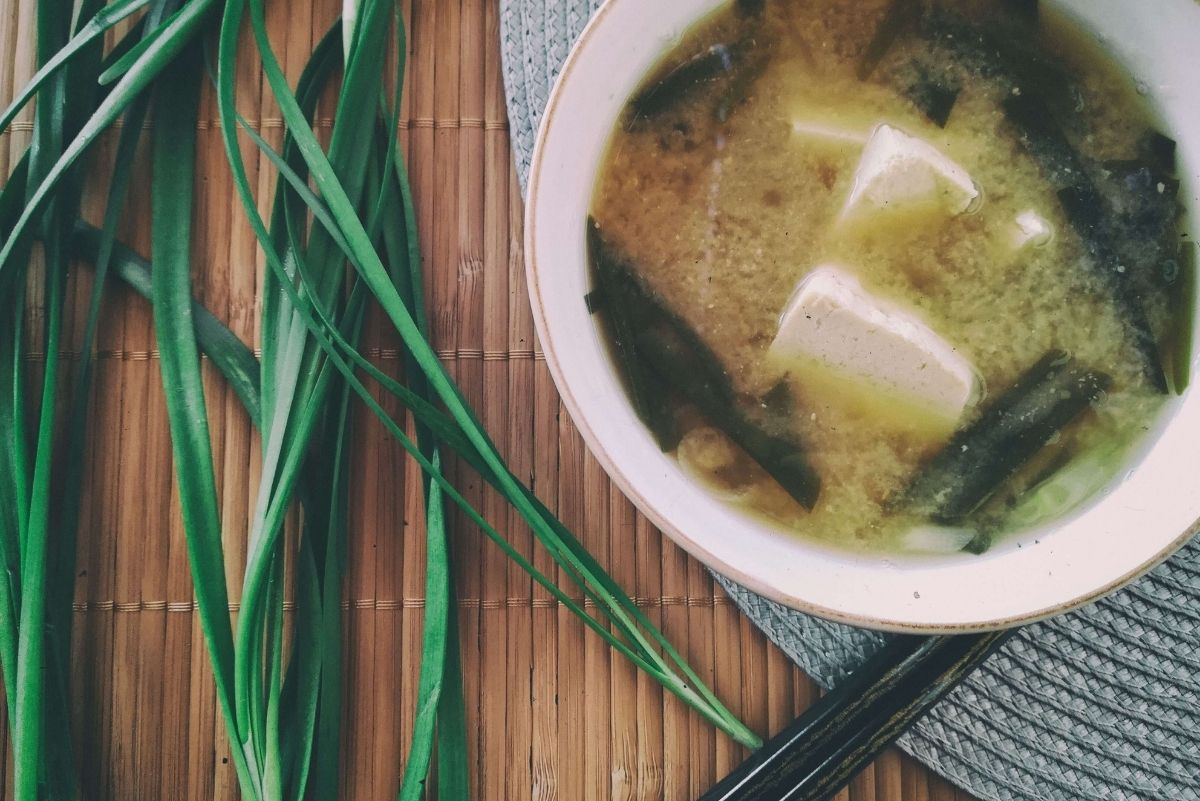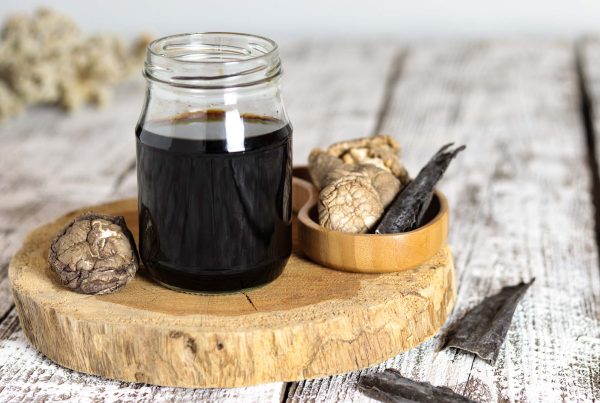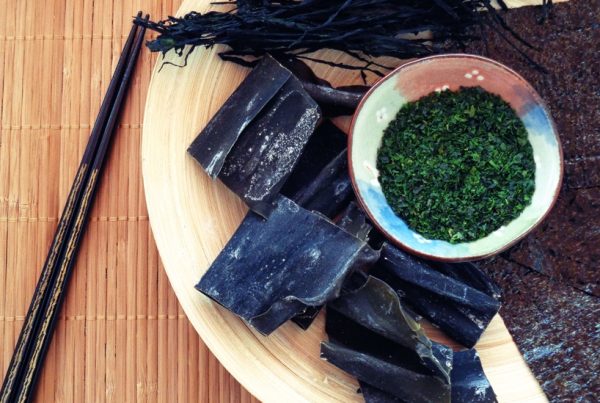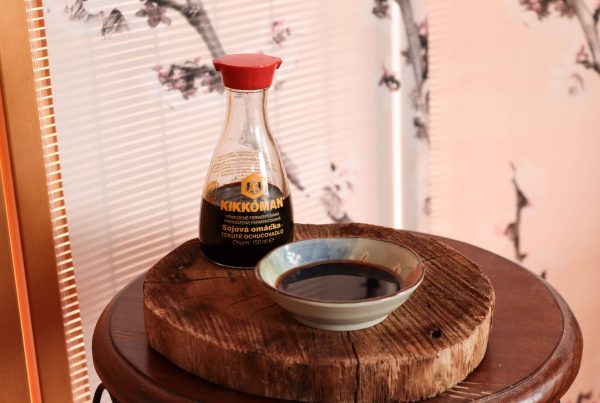
Miso is a special paste with an even more special taste and smell. The color is also not very appealing. Miso can have a soft yellow color, almost all shades of brown, and sometimes even a reddish tinge. It has a firmer consistency and is very salty. That shouldn’t be a problem because you’re not supposed to eat it with a spoon like peanut butter. Well, it still doesn’t sound like something you’d like to try, does it? So I will try to convince you that you’d like to give it a chance.
How Is Miso Made?
Miso paste is made by fermenting soybeans and cereals (e.g. barley, buckwheat, but rice, rye or fava beans are also used). Its taste and color depend on several factors – the length of maturation, the salt content, the type of grain used, the ratio of ingredients, etc. But we could divide it into two basic types – dark and white miso.
n general, the more rich (darker) the color, the more rich the taste. Dark miso takes a much longer time to mature and usually uses more soy beans than grain. It is characterized by a strong salty taste and, of course, a dark color. Sometimes it looks like it’s black.
If it would be too “strong” for you, then white miso is a better alternative. The fermentation process is shorter and miso contains more grain than soy beans, which is reflected in its light color and sweet taste.
Or a third alternative, my favorite, is to mix them both.
Where Can You Use Miso?
Almost everywhere! Miso can be used instead of salt in many dishes and it gives the whole dish interesting but good flavor. If possible, miso should be added when the dish is almost ready and you shouldn’t heat it too much, because it contains a lot of nutrients and they would be lost at a high temperature.
The most famous dish where you can use miso is miso soup (miso shiru). But it doesn’t end here. It can be used in many other soups. It can be the basic broth in the soup.

Dressing toppings, and sauces for salads or vegetables, whether fresh or steamed.
Marinades. You can combine it with other ingredients (such as soy sauce, sake, sesame oil) and marinate either fish, meat or tofu.
I mentioned that you probably won’t eat miso out of a jar with a spoon, right? Well, I admit, that would be too much for me too. But with a fresh cucumber, it’s a different story. The freshness and wateriness of cucumber with the salty taste of miso make a perfect combination. And in such a raw, unheated state, it will supply you with even more nutrients.
So are you ready to give it a try? Let me know.


